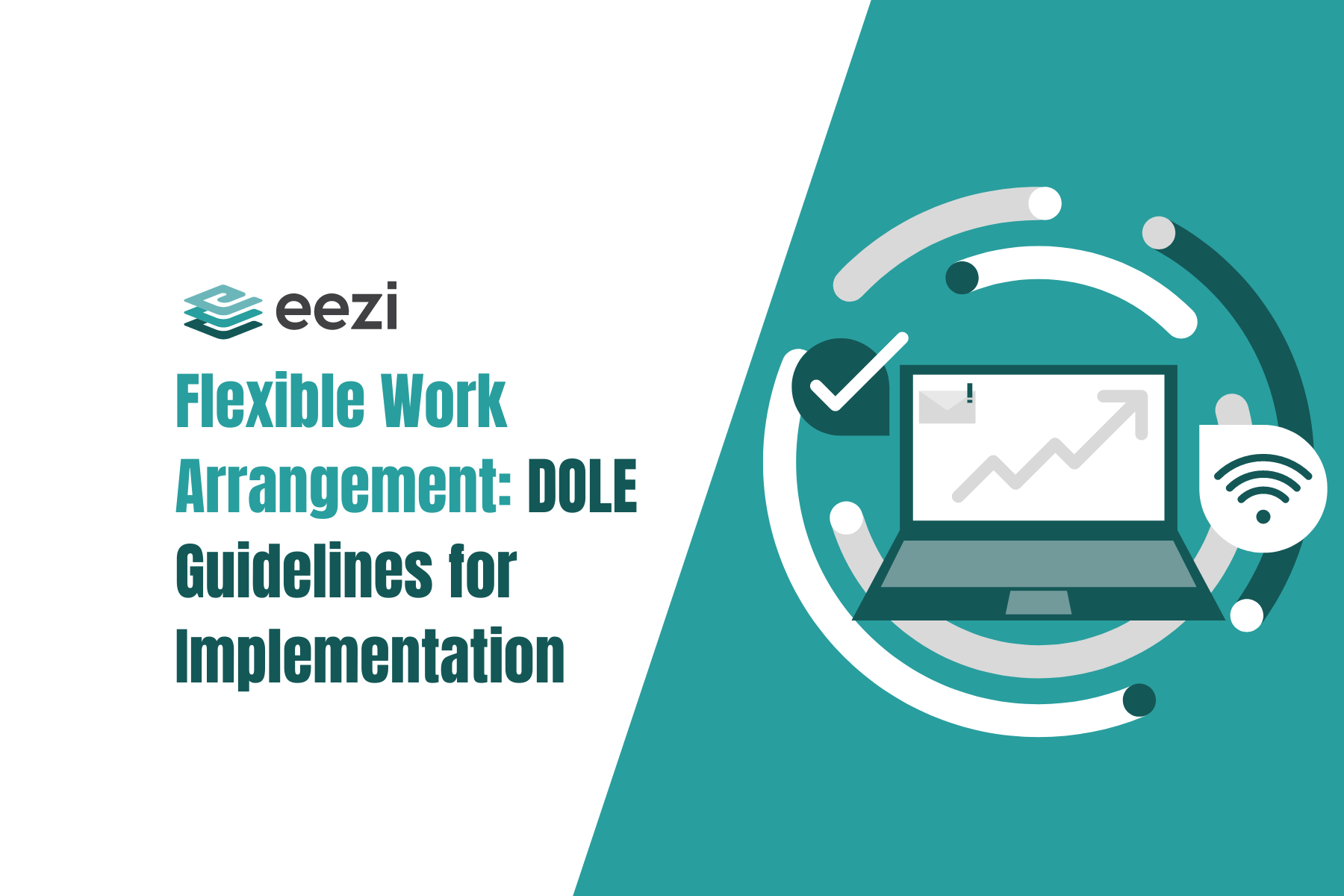In today’s fast-paced world, businesses must adapt to the ever-changing landscape regarding work environments and even employee expectations. Adopting agile and versatile performing is no more only a trend; this has become absolutely essential for organizations of which wish to flourish. With technology breaking down geographical limitations and the demand for work-life balance rising, companies are discovering that flexibility can drive not just productivity but also employee satisfaction and engagement.
This kind of guide delves to the core principles associated with agile and adaptable working, exploring the significant advantages these kinds of approaches offer to both employees plus employers. From boosting Flexible Working Wiltshire and innovation to improving worker wellbeing and preservation, the shift in the direction of a more adaptable work culture is definitely paving the approach for any more sustainable way forward for work. Sign up for us once we understand the essentials of making an agile work environment that promotes good results and resilience in an increasingly dynamic world.

Understanding Agile and Flexible Operating
Agile working pertains to a mindset and approach that will emphasizes adaptability, collaboration, and a focus on offering value efficiently. It is rooted within the principles of snello project management, which often encourage teams as a solution quickly to modify and also to prioritize buyer needs. By embracing agile practices, companies can produce dynamic function environments that foster innovation and allow teams to work a lot more effectively towards frequent goals.
Flexible working, however, encompasses various arrangements that allow staff to choose any time, where, and exactly how they work. This can include universal remote work, flexible hrs, job sharing, or perhaps part-time roles. The main aim of adaptable working is in order to accommodate individual staff needs while nonetheless meeting organizational desired goals. By providing this kind of options, businesses might attract a diverse talent pool plus enhance employee pleasure.
While agile and flexible working share common goals of improving productivity and staff engagement, these are unique concepts. Agile operating focuses on the methodologies and process that facilitate collaborative work and elasticity, whereas flexible working is around providing staff together with the autonomy in order to manage their work-life balance. Together, they create a resistant workforce capable of thriving in a new rapidly changing enterprise landscape.
Benefits of Snello and Flexible Function
A single of the important advantages of snello and versatile work is the significant enhancement in employee well-being. When organizations present flexible working options, employees often record lower stress ranges and a better work-life balance. This autonomy allows visitors to manage their time more effectively, accommodating personal responsibilities plus preferences. As some sort of result, employees really feel more satisfied and engaged with their particular work, leading in order to enhanced morale and even productivity.
Additionally, agile in addition to flexible work environments foster greater cooperation and innovation among teams. By digesting traditional barriers like fixed working hours and locations, personnel are encouraged to communicate more openly and share concepts freely. This versatility creates a growing culture of continuous understanding, where teams could experiment, adapt, in addition to develop creative solutions to challenges. Acuto working fosters team-work and encourages different perspectives, which eventually drives innovation.
Finally, applying flexible work guidelines can lead to improved employee maintenance rates. As firms conform to the demands of their employees, they become more attractive to top rated talent. Employees will be increasingly seeking workplaces that offer versatility, as it lines up with their values in addition to lifestyle preferences. Simply by prioritizing agile in addition to flexible working versions, organizations not only maintain their current expertise but also attract new employees who wish a modern in addition to adaptable work environment.
Implementing Agile and Flexible Work Strategies
To effectively implement agile and versatile function strategies, organizations should start by examining their current function culture and discovering areas for enhancement. This involves collecting feedback from employees of their experiences and preferences regarding do the job arrangements. By understanding the needs in addition to expectations of the labor force, companies can customize their agile procedures to promote a much more inclusive and versatile environment.
Next, it will be essential to create clear policies that will support flexible working arrangements. This consists of defining guidelines regarding remote work, versatile hours, and collaboration expectations. Organizations need to provide training and resources to support employees transition to these new versions, ensuring they need the tools needed to be able to succeed in a good agile framework. Typical communication about these types of policies and their particular benefits can foster a culture involving transparency and rely on.
Finally, leveraging technology is usually crucial in facilitating agile and adaptable work. Utilizing venture tools, project managing software, and interaction platforms helps preserve productivity and link among associates, no matter of their location. Organizations should continuously evaluate the effectiveness of the technology installation and invest inside solutions that boost flexibility and effectiveness, making it much easier for employees to conform to changes plus work collaboratively.
